56 Sobre un total de 224 cartas de obligación. Fuentes, vid. nota 42.
57 D. Carvajal: «El control económico de la villa».
58 Sobre un total de 207 obligaciones cuya cuantía fiada conocemos. Datos en maravedís. Fuente, vid. nota 42.
59 La disponibilidad e información aportada por determinadas fuentes son algunas de las razones de mayor peso para comprender esta descompensación, puesto que la documentación fiscal otorga una mayor relevancia formal y documental al fiador en comparación con otros ámbitos donde también aparece esta figura (compraventas, finanzas, depósitos, etc.).
60 Sobre las excepciones de la mujer como fiadora: Partida V, Título XII, Ley III. Las más relevantes eran para conseguir la libertad de una persona, por su dote o por fianzas otorgadas libremente renunciando a los derechos que la ley le reservaba.
61 AHPV, Protocolos, leg. 7839, ff. 397v-399r y leg. 7840, f. 826v.
62 Fuente, vid. nota 42.
63 Cuaderno de alcabalas de 1491, M. A. Ladero Quesada: Legislación hacendística , art. 47. pp. 138-139.
64 AHPV, Protocolos, leg. 20154, f. 236r; leg. 8436, f. 15r-v y leg. 7838, f. 359r-v, respectivamente.
65 AHPV, Protocolos, leg. 7839, f. 657r-v, y leg. 7840, f. 538v.
66 AHPV, Protocolos, leg. 7840, ff. 607v-608r, y leg. 20153, f. 333r.
67 AHPV, Protocolos, leg. 7330, f. 321r-v.
68 AHPV, Protocolos, leg. 6813, ff. 612r-613v.
69 F. Ruiz Gómez: Las aldeas castellanas , p. 66.
70 AHPV, Protocolos, leg. 8441, f. 679v; leg. 8434, f. 289v, y leg. 8436, f. 97r-v.
71 Fuente: vid. nota 42.
72 Partida V, Título XII, Ley X.
73 ARChV, Registro de Ejecutorias, c. 150, 42.
74 Siguiendo lo indicado por la ley: Partida V, Título XII, Ley XI.
75 ARChV, Pleitos Civiles, Alonso Rodríguez (D), c. 37, 3.
76 R. W. Goldsmith: Premodern Financial Systems , pp. 229 y ss.
CREDIT AGREEMENTS AND LITIGATION OVER DEBT IN ENGLISH MANORIAL COURTS
Phillipp R. Schofield Aberystwyth University
Work on rural credit, especially credit agreements involving members of the peasantry, has grown significantly in the last two decades. Earlier work by Elaine Clark on the fifteenth-century small town of Writtle (Essex) offered a pioneering examination of credit arrangements and the ways in which these intersected. She also offered some careful and important commentary on the form of agreement, which included money loans and sale credits 1 . Work on rural credit in the last two decades has chiefly been undertaken by the present author and by Chris Briggs and in a number of publications, including Briggs, major monograph on the topic of rural credit and indebtedness, they have aimed to set out the variety of ways in which credit can be examined for rural England during this period. 2 This has resulted in discussion of the form and nature of credit arrangements and some identification of distinctions between the kinds of credit extended, the likely differences in terms of credit agreements over time, as well as discussion of the nature of credit agreement.
87
As regards the last point, there is some obvious distinction to be drawn between the historical view of credit arrangements as essentially the product of horizontal agreements, conducted typically between parties of generally similar means and without the operation of significantly unequal power relations and, conversely, credit agreements that were created in essentially vertical relationships in which one party, typically the creditor, enjoys a considerably enhanced bargaining position relative to the other party. Briggs, in particular, has sought to show that much credit extended in the medieval English countryside was not the product of distress or unequal bargaining positions, occasioned perhaps by crisis events such as harvest failure or famine; instead, as he has argued, credit agreements were often the product of fairly small-scale exchange between parties dealing in proximity and often in forms of mutual support aimed at facilitating consumption. 3 The present author, who has tended to work on credit and indebtedness in the decades either side of 1300, has also, as Briggs has noted, often represented credit in terms of distress and has associated it, on occasion and typically indirectly, with other indices of apparent upheaval in crisis years, including heightened land market activity. 4 In recent work, the present author has attempted to show that a considerable amount of the credit recovered in the early fourteenth century had been extended in large sums and often extended over what were seemingly quite long periods of time. In particular, there is plentiful evidence for the involvement of relatively wealthy merchants and townsmen engaging, often as creditors, with peasant debtors, and often in credit agreements involving very large sums of money and/or large amounts of goods, especially grain. 5
In this paper, further reflection will be made upon the role of external agents in developing modes of business dealing in the medieval English village. Before we return to this theme however we will need to set out a more general context. In what follows therefore we will begin with a discussion of credit agreements, their form and evidence for them in the medieval English countryside, especially at the level of the peasantry. We will then discuss evidence for the role of external agents, both as lawyers and attorneys as well as merchants and townsmen in the medieval English village, and consider the likely significance of their role in helping establish modes of dealing and of conducting business at the local level.
CREDIT AGREEMENTS: EVIDENCE AND FORM
Most of the evidence for peasant-level debt in medieval England comes from litigation and, in particular, litigation recorded in manorial courts. We have very little, though certainly some, evidence from the point that credit is extended but we do have a great deal of information arising from the point of recovery and, given that, recovery recorded as part of the process of debt litigation. While some of that material resides in fora other than manorial courts, including central courts, borough courts and other ancillary documentation, such as wills, the bulk of evidence and, to date, the greater part of historical investigation is focussed upon manorial courts. Manorial courts in England survive in great number from the second half of the thirteenth century and have been used extensively by historians of the medieval English countryside and in particular of the peasantry since the end of the nineteenth century. 6 Some of the earliest work on manorial courts and the evidence they offered was undertaken by legal historians and, in particular, F. W. Maitland whose seminally important study of the customary law in manorial courts has remained a standard point of reference for more than a century. 7 That said, a great deal of the work on the medieval English peasantry has not been focussed upon law and litigation in the manorial court; instead, considerable emphasis has been upon such topics as socio-economic dealing, the land market, lord-tenant relations, rent and so on. Only intermittently, at least until quite recently, has the study of litigation featured prominently in work in this area and it remains a main topic of research for only a handful of researchers. 8
To date a good deal of relevant research has been aimed at establishing the typicality of debt, its extent and frequency, as well as understanding the form and structure of credit agreements and resultant debt in so far as this can be understood from litigation. Historians primarily interested in inter-personal litigation in the manorial court have challenged any easy assumptions regarding the significance of patterns in the frequency of debt litigation relative to external factors such as harvest failure or fluctuation in the money supply. 9 They have suggested that a detailed understanding of the law, and most especially due process, informing debt recorded as litigation in manorial courts is required before any confident assertions can be made regarding the applicability of debt litigation evidence to changing socio-economic conditions. With that in mind, the last decade or more has seen a number of detailed studies of litigation in manorial courts; this work has, in the broadest terms, suggested the following ten points:
Читать дальше
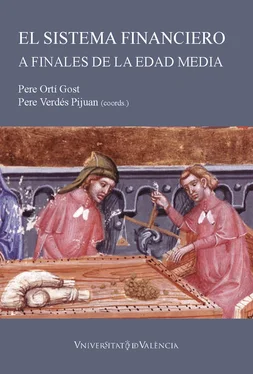
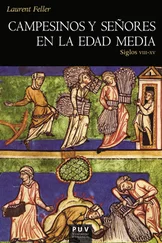
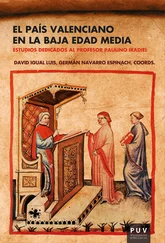
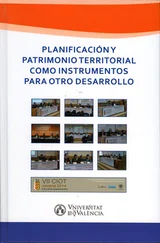
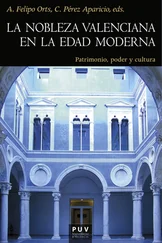
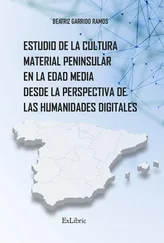
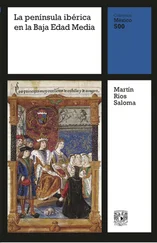



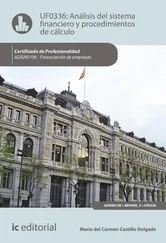
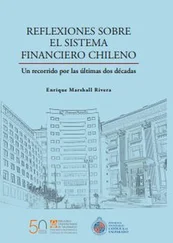
![Rafael Gumucio - La edad media [1988-1998]](/books/597614/rafael-gumucio-la-edad-media-1988-1998-thumb.webp)